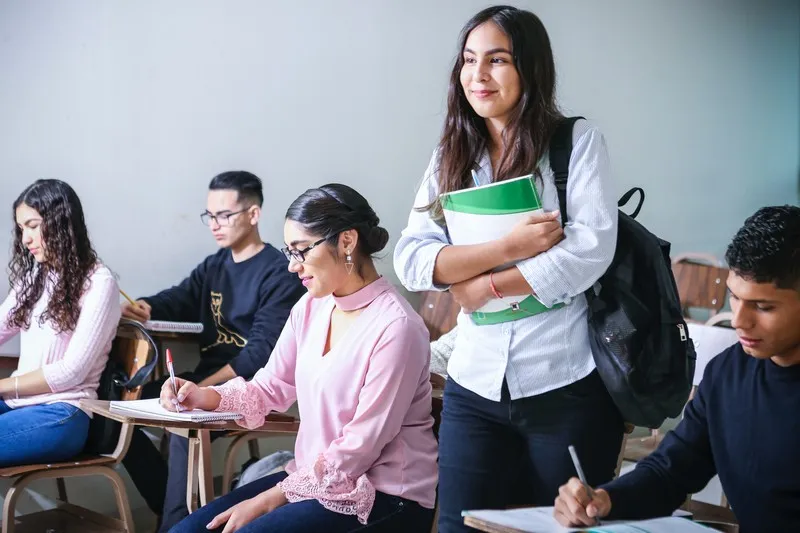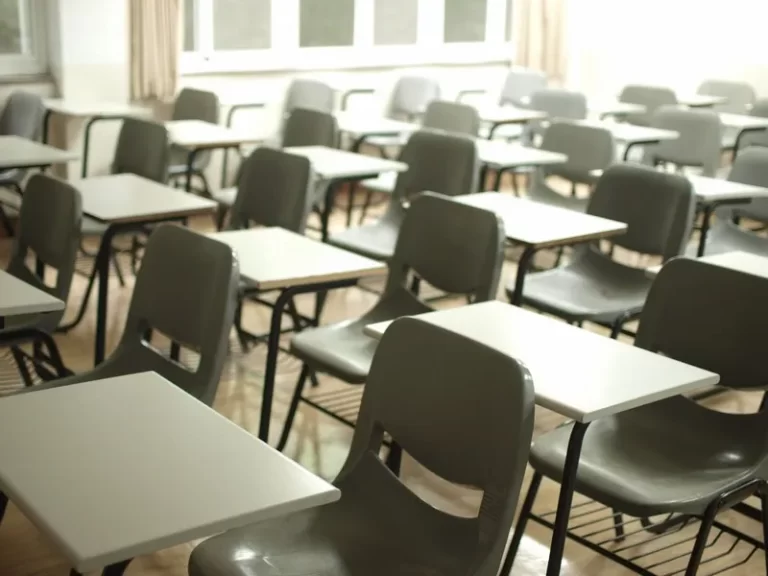In the field of sociology, Pierre Bourdieu’s concept of social reproduction in education is a significant framework that helps us understand how social inequalities are perpetuated and reproduced through the educational system. Bourdieu, a French sociologist, developed this theory to shed light on the ways in which social class and cultural capital influence educational outcomes.
Understanding Social Reproduction
Social reproduction refers to the process through which social inequalities, such as those based on social class, are transmitted from one generation to the next. Bourdieu argues that the educational system plays a crucial role in this process by reinforcing and perpetuating existing social hierarchies.
According to Bourdieu, individuals from privileged social backgrounds have access to various forms of cultural capital, including knowledge, skills, and behaviors that are valued by the educational system. This cultural capital gives them an advantage in navigating and succeeding within the educational system. On the other hand, individuals from disadvantaged social backgrounds often lack the necessary cultural capital, which puts them at a disadvantage.
Cultural Capital and Educational Success
Bourdieu emphasizes the importance of cultural capital in determining educational success. Cultural capital can be divided into three forms: embodied, objectified, and institutionalized. Embodied cultural capital refers to the knowledge, skills, and attitudes that individuals acquire through socialization and upbringing. Objectified cultural capital includes material possessions, such as books or artwork, that symbolize cultural value. Lastly, institutionalized cultural capital refers to educational credentials and qualifications that are recognized and rewarded by the educational system.
Individuals from privileged social backgrounds often possess a greater amount of cultural capital, giving them an advantage in the educational system. They are more likely to have been exposed to a variety of experiences, have access to educational resources, and possess the confidence and familiarity with the dominant culture valued by educational institutions.
On the other hand, individuals from disadvantaged backgrounds often lack the necessary cultural capital to succeed in education. They may not have access to the same resources, experiences, or support systems as their privileged counterparts. As a result, they face barriers and obstacles that hinder their educational attainment.
Hidden Curriculum and Symbolic Violence
Bourdieu also highlights the role of the hidden curriculum and symbolic violence in social reproduction. The hidden curriculum refers to the implicit messages and norms conveyed through the educational system, which often reflect and reinforce the dominant culture. These messages and norms can perpetuate existing social inequalities by favoring certain groups and marginalizing others.
Symbolic violence, as conceptualized by Bourdieu, refers to the subtle and indirect ways in which individuals from disadvantaged backgrounds are oppressed and dominated within the educational system. This can include the devaluation of their cultural practices, language, and ways of knowing. Symbolic violence reinforces the existing social order and maintains the status quo.
Implications and Criticisms
Bourdieu’s theory of social reproduction in education has important implications for understanding and addressing educational inequalities. By recognizing the role of cultural capital and the hidden curriculum, policymakers and educators can work towards creating a more equitable and inclusive educational system.
However, Bourdieu’s theory has also faced criticism. Some argue that it overlooks other factors such as race, gender, and individual agency in shaping educational outcomes. Additionally, critics argue that focusing solely on cultural capital may neglect the structural and systemic factors that contribute to social inequalities.
Conclusion
Pierre Bourdieu’s concept of social reproduction in education provides a valuable framework for understanding how social inequalities are perpetuated within the educational system. By highlighting the role of cultural capital, the hidden curriculum, and symbolic violence, Bourdieu’s theory sheds light on the mechanisms through which social class influences educational outcomes. While his theory has its limitations, it serves as a starting point for discussions and interventions aimed at creating a more equitable and inclusive educational system.





